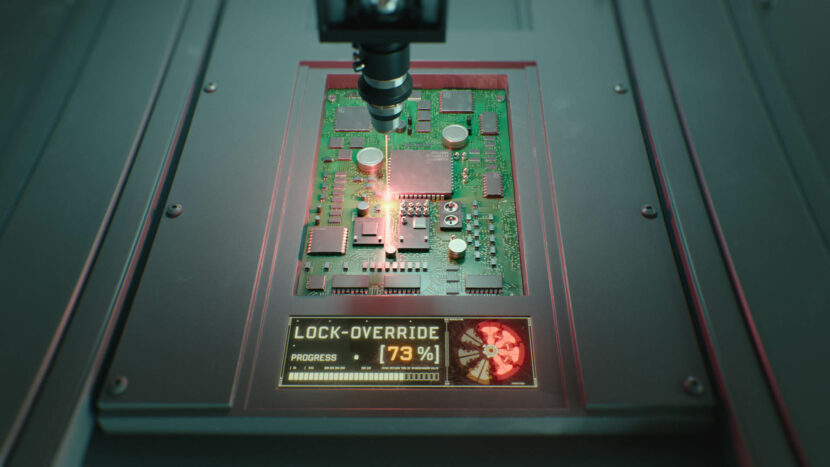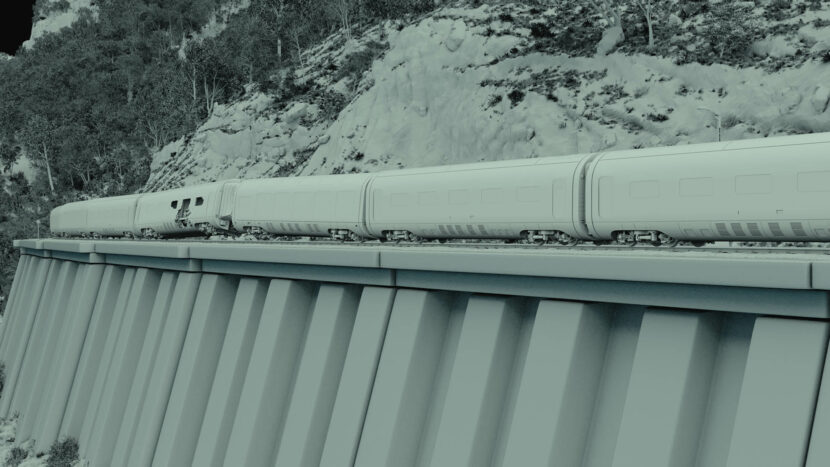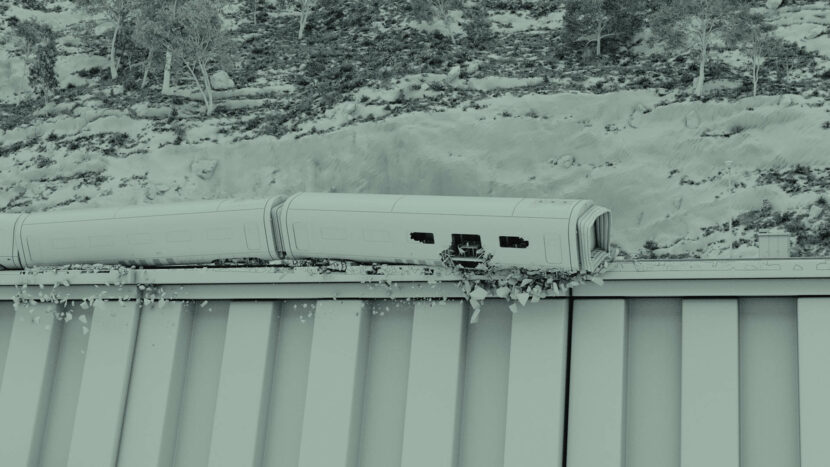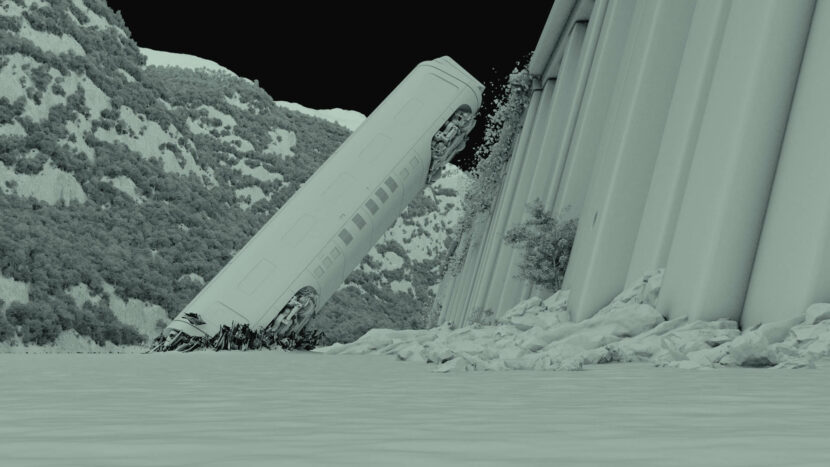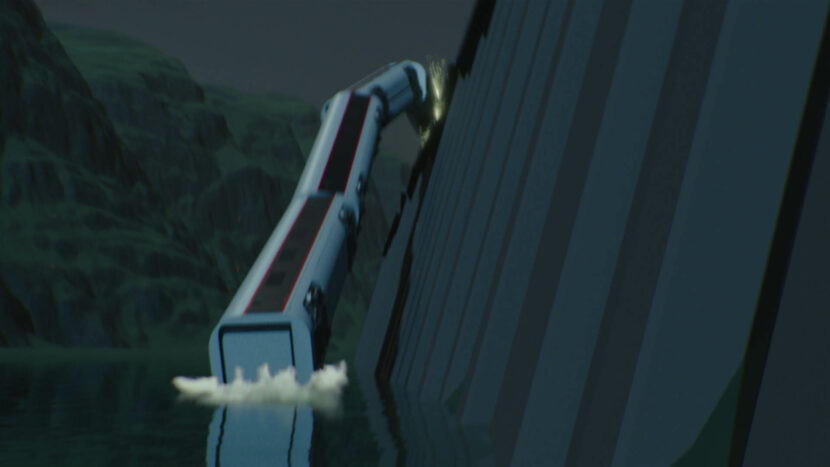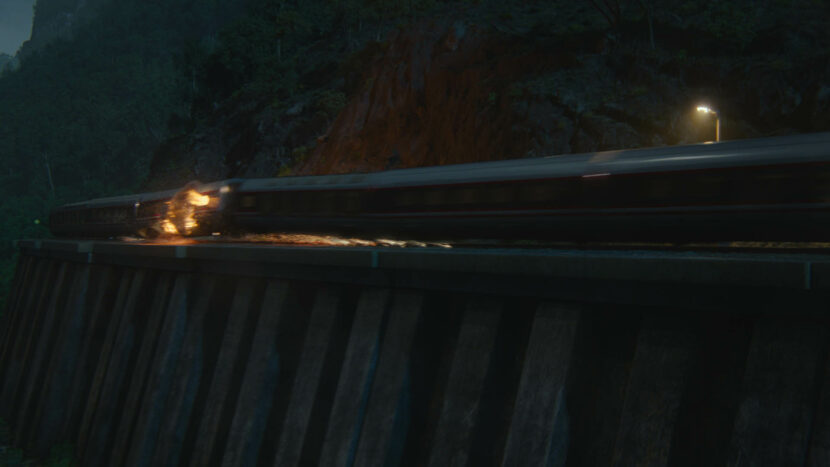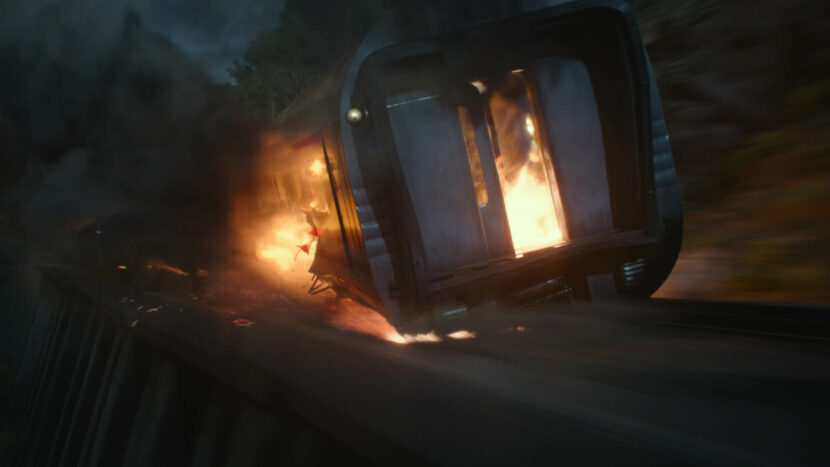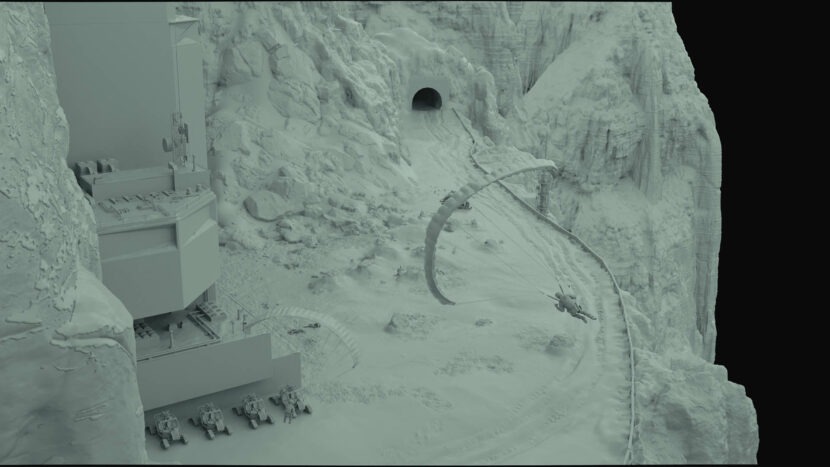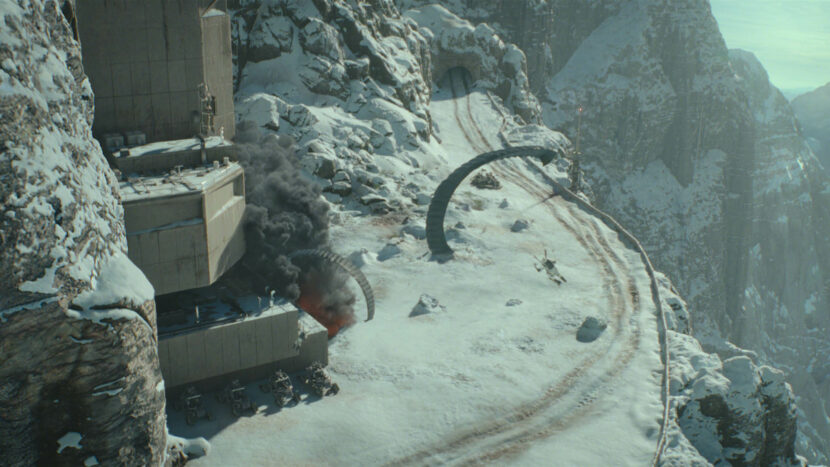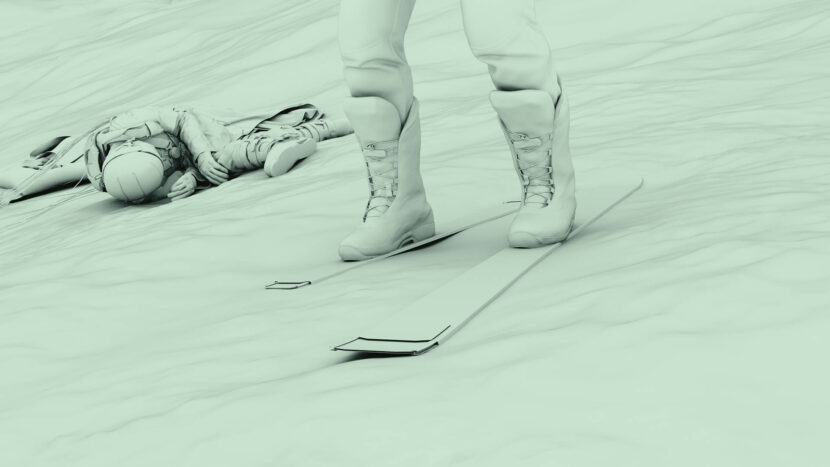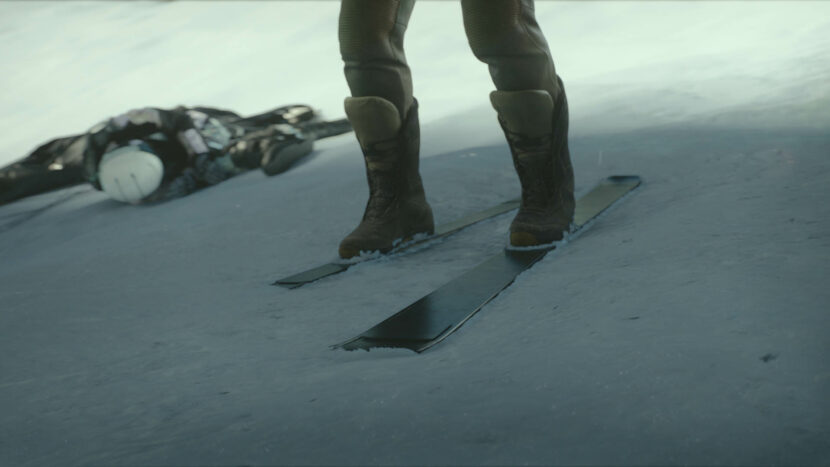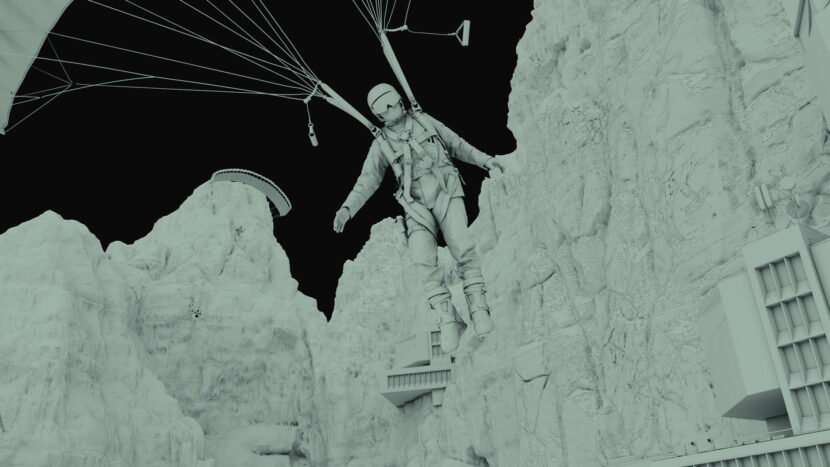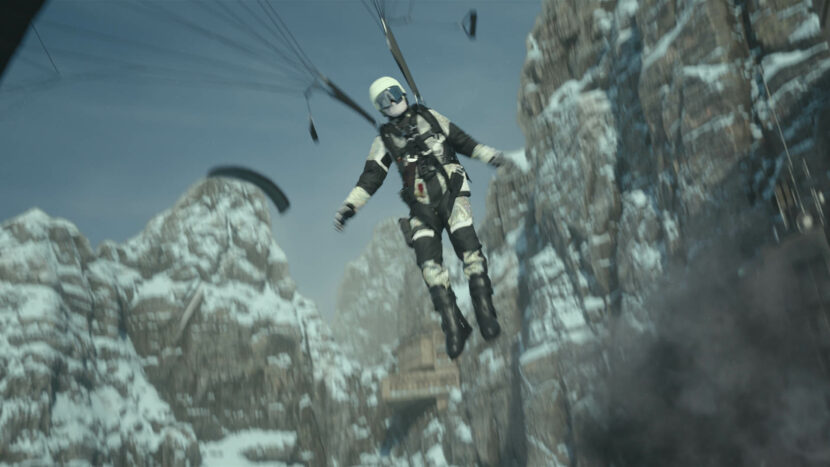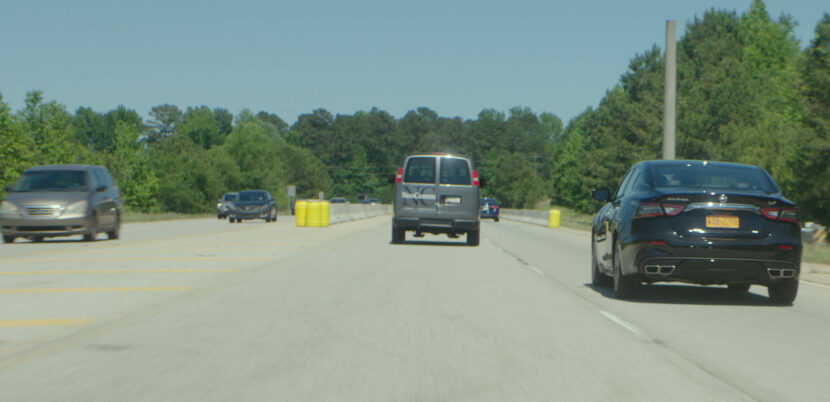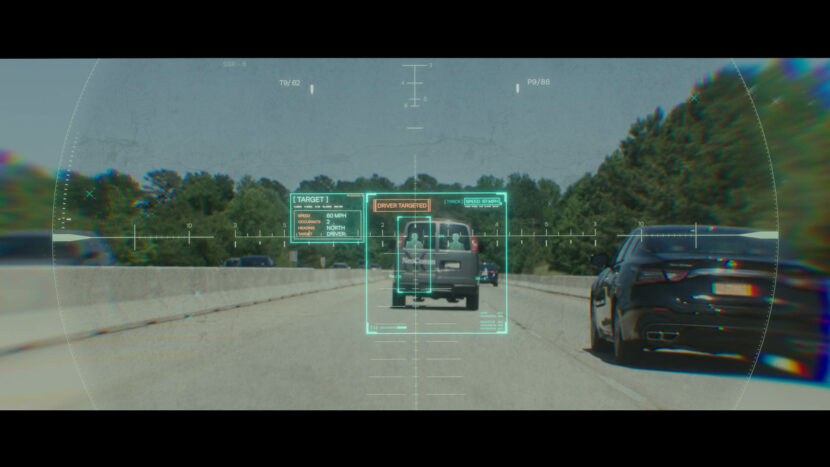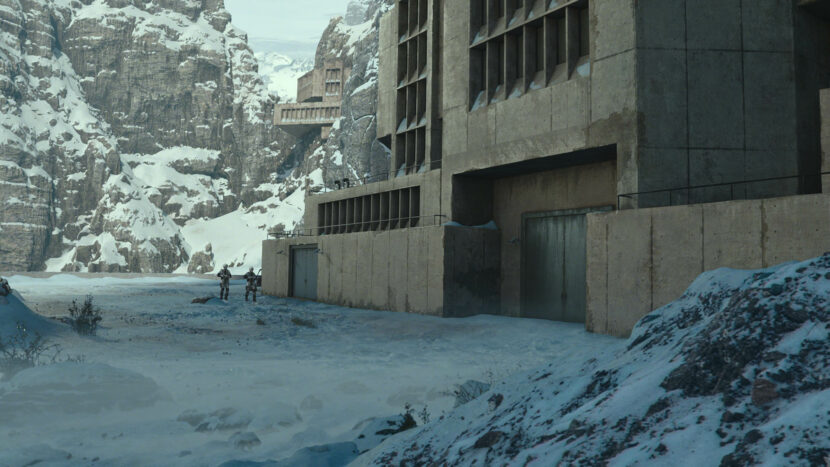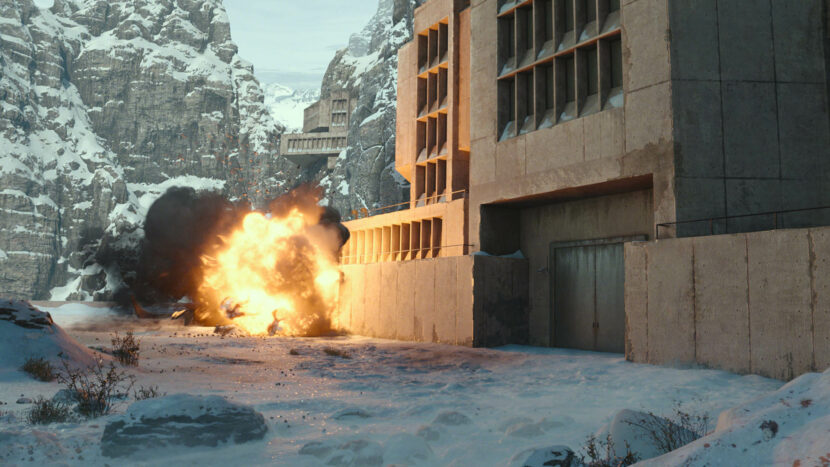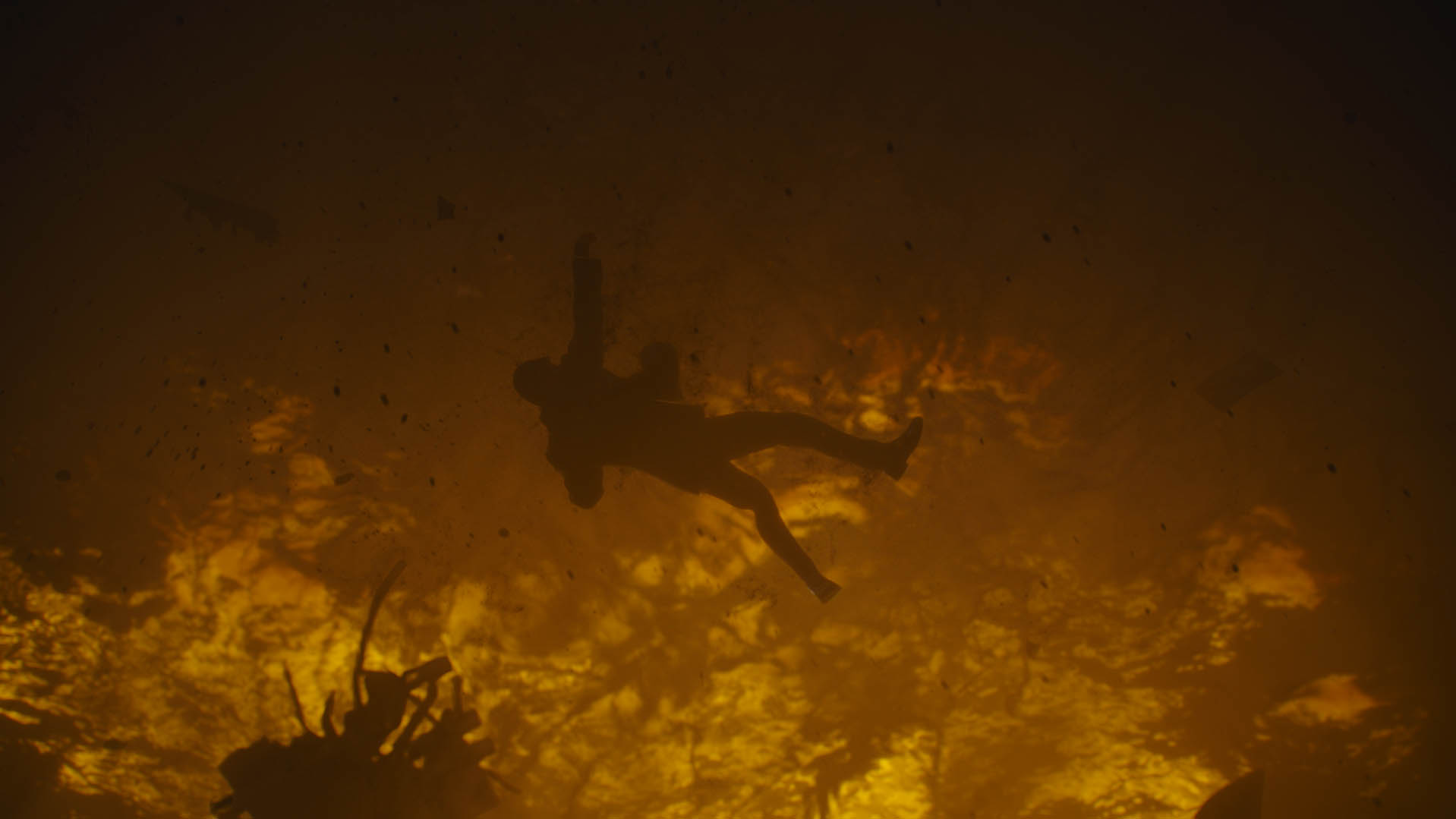Citadel is the start of a set of new spy action thriller television series created by Josh Appelbaum, Bryan Oh, and David Weil for Amazon Prime Video, with the Russo brothers acting as executive producers. It stars Richard Madden and Priyanka Chopra Jonas as the lead hero agents Mason Kane and Nadia Sinh, along with their handler Stanley Tucci, as Bernard Orlick. The story starts in the aftermath of the fall of the independent global spy agency, the Citadel, and involves vast world-building and complex action sequences.
The program is a launching pad for possible multiple regional interconnected spin offs and the main show has already been renewed the series for a second season.
Wesley Froud was the production visual effects supervisor. DNEG was the lead VFX studio and was involved from the start of the project. DNEG VFX Supervisor, Daniel Baldwin, worked across the series’ 6 episodes and led the team to deliver 645 shots. The team’s work explored the full spectrum of VFX, including full CG shots and complex compositing, cutting-edge motion graphics, animation, environments, creature work, and FX simulations. We spoke to Daniel Baldwin about several of the key sequences he supervised on set, as he was involved in supervising the second unit for the entire shoot.
Bullet Train Crash
In episode one the DNeg team had to deliver a 10-carriage bullet train traveling through over 15km of fully CG Italian Alps countryside environment. The sequence required lighting the environment for three different times of day, starting with golden hour, and transitioning through sunset, into dusk. The plan was always to shoot the action inside the train on a controlled set, with various key carriages such as the dining car and the observation car built on a bluescreen stage. The team did consider an LED stage but the vast size of the windows that needed to be covered would have made an LED VP stage too large to build, plus it would have locked the editorial team into particular backgrounds, and the team wanted to keep the editorial options open in a way only blue screen Nuke compositing can.
DNeg took the photo-real climax of the train sequence from previs to the final fully CG sequence that shows the train derailing at 200mph and crashing into the lake below the tracks. The team considered shooting background live-action plates but in the end, decided on a full CG solution for the flexibility it provided. The CG environment was based on a famous railway line location in Flam, Norway. The team sampled the area with drones and panoramic still photography along with LIDAR over a long week-long period. The CG Norway was then reworked as the Italian Alps. The bullet train design was original. The actual trains that go along the Flam railway deliberately travel slowly to allow travelers to enjoy the incredible view. In Citadel, the film train was much more of a high-speed train. “It was very much about it being a bullet train, traveling at 200 miles an hour,” Dan comments. “We wanted to be whipping through the landscape, shooting through tunnels, helping to enhance the excitement and build upon the tension mounting inside the carriage, then uncontrollably heading towards the climax for the explosion and derailment at the end.”
The sequence involved a full CG environment, camera simulation, and vehicle animation, along with fire, flame, smoke, destruction, and water effects. The environment work was rendered in Clarrise.
The Mountain Fortress and Skiing Sequence
DNEG again built a complex 3D environment for the snow-covered mountain fortress escape sequence. The team worked from early pre-production with on-set shoot supervision and reference capture, to the creation of the full CG mountain fortress environment, including parachuting digi-doubles, CG vehicles, a full CG stealth jet, environment extensions, and FX explosions.
Unlike the train sequence, the chase from the fortress involved a lot of real footage in remote snow-top ski fields. The location photography was captured in wildly different locations, Dan explains: “The snow chase, the ski chase in the snow mountains (episode three), was shot over four different locations and all brought together in visual effects.” While the Fortress was a CG build, most of the rest of the sequence involved compositing, complex camera tracking and clever rig removal.
All the stunt skiing was shot for real, practically in Slovenia on the border of Italy. “Honestly, it was dangerous stuff.” Dan recalls. “To add energy to the sequence and put the audience right in the action, we wanted to stay away from simple locked off cameras with nodal pans. Instead, we used drones, mounted cameras to snow vehicles and used stunt skiers as cameramen, skiing down the mountain at high speeds alongside the on-screen performers. We had a variety of handheld camera rigs with remote heads, so that the stuntmen could safely hold the camera while skiing at high speeds and the operators still had the ability to frame the action.”
One of the many VFX tasks for the sequence was removing any ski tracks from previous takes, so the snow always looked pristine. To help with tracking and rig removal the team got LIDAR scans of everything. But the logistics of shooting and getting lidar scans in those sorts of locations is extremely complex.
“The shoot took place at the highest peak of a ski resort, right at the top of a mountain on the border of Slovenia and Italy. Film crews love to go to impossible locations to capture sequences that haven’t been seen before and moving an entire crew up and down the mountain, with all of their equipment, was a major logistical challenge.” Dan explains. “We were shooting for weeks and the weather would change wildly day by day, sometimes leaving us with minimal visibility, often operating in sub-zero temperatures and in entirely different lighting conditions across a sequence that takes place on screen in the space of a few minutes.”
Flights + Plus
There are naturally a lot of complex fights in the series. The fight sequences were second unit directed by Simon Crane. While he is now a second unit director. He has previously worked on James Bond films, Star Wars Rogue One, Jason Bourne,- “Simon is a very experienced 2nd Unit director, from an established and well-respected history as a stunt coordinator.” Dan points out. “For the major action sequences, he worked closely with the principal actors, who were heavily involved with weapons training and hand-to-hand combat. It was only when we were pushing into the realm of extremely dangerous stunts or impossible movements that we got into CG digi-doubles.”
When it came to shots such as in-car dialogue sequences, the team decided to shoot blue-screen, and not use an LED VP stage. Similar to the train debate above, using an LED VP stage would have locked the visual in and it would not have allowed for changes in the edit. Instead, the team filmed 360 real driving footage and focused on capturing accurate blue screen footage with manually but carefully matched lighting. In fact, the blue screen interior driving sequence intercut with one shot of our heroes actually driving was filmed live in a real car but the compositing is so accurate it is impossible to pick the live action over the VFX.
Dan points out that for him a great trick is to always add dirt to the windows and windshield. “A lot of the time when you are shooting on a blue screen stage with a vehicle, the windows are perfectly clean. Someone’s always in there cleaning the glass between takes, but you want a bit of dirt on them, it catches the light, it catches the reflections. It really helps with the realism!”

